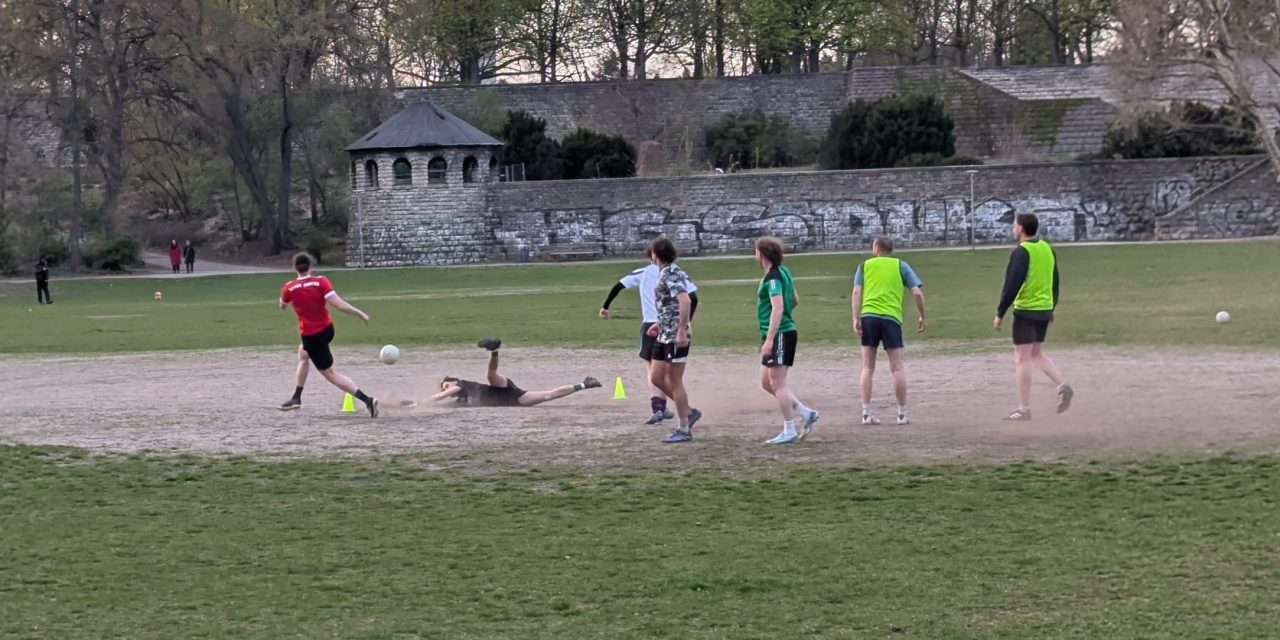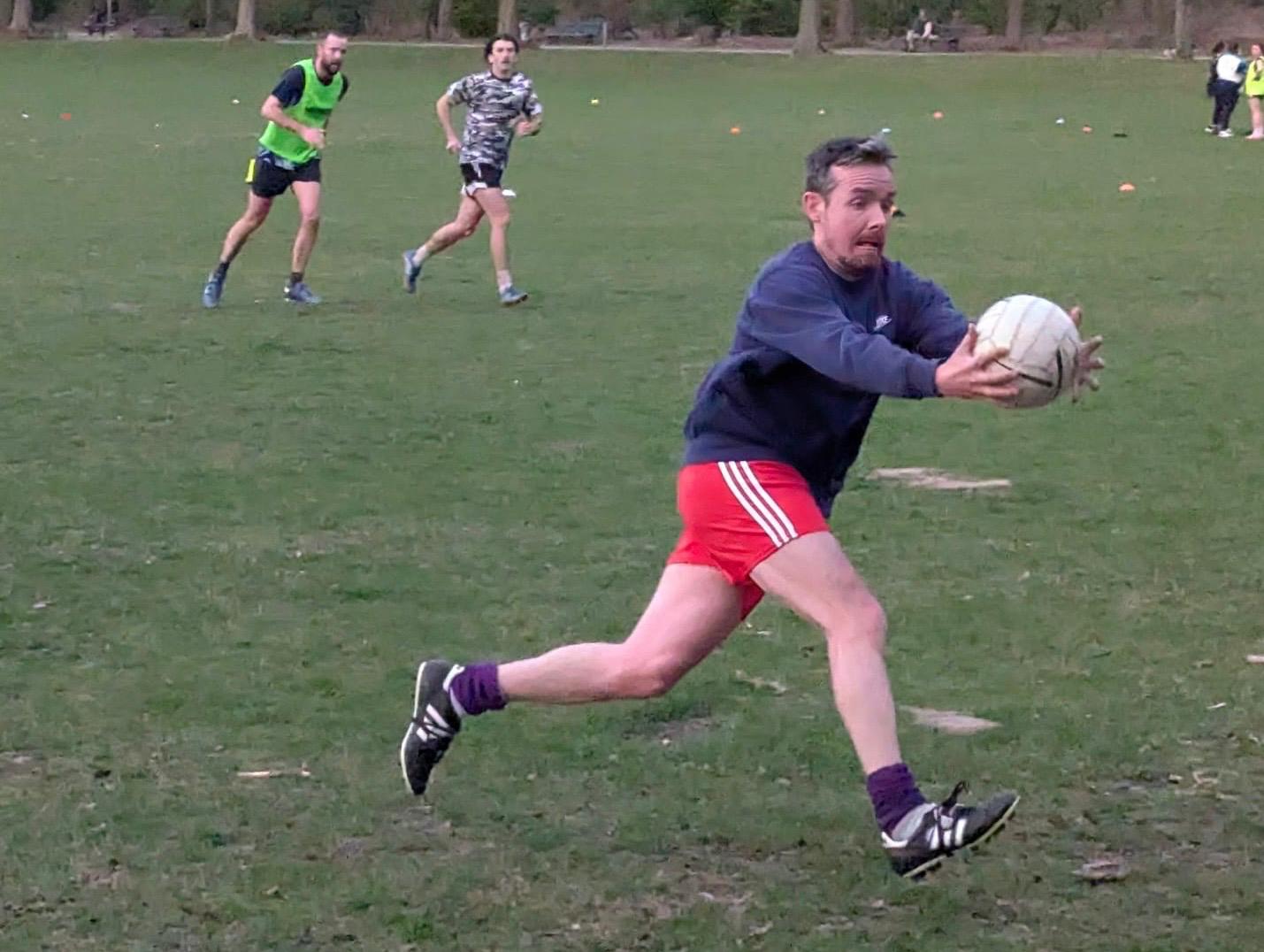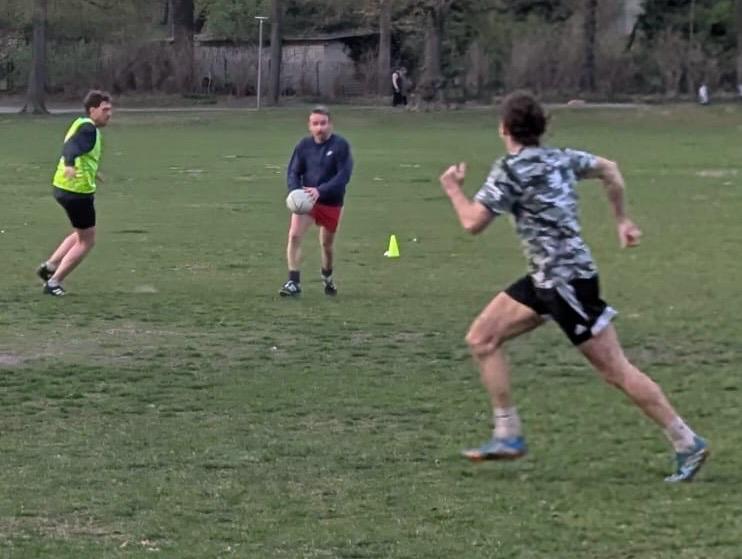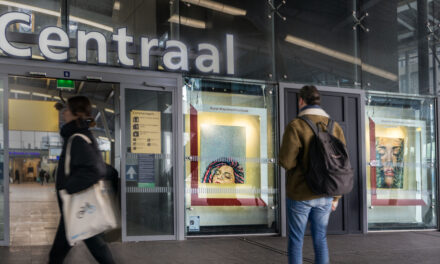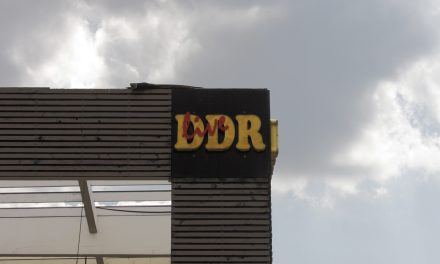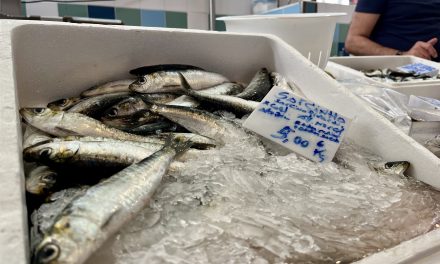In famine or fortune, the Irish people have been emigrating en masse for more than 200 years. Over 10 million people have left Irish shores since 1800, with an estimated 80 million people claiming Irish descent worldwide. The Irish diaspora has always had an uncanny ability to end up in high places, from Joe Biden in the Oval Office to Eliza Lynch as the First Lady of Paraguay. With such a rich history of integration through good times and bad, the Irish have left a roadmap for any keen observer to follow, which remains relevant in the uncertain political times of today.
Far from the rural fields of Ireland where hurling was first played, the distinct puck of ball on hurl echoes in the shadow of Şehitlik Camii, Berlin’s largest mosque. Award-winning journalist Simon Kuper once described hurling as “the best sport ever and if the Irish had colonised the world, nobody would ever have heard of football”. So is it at all surprising that every Sunday, kids as young as 14 can be seen abandoning Germany’s national sport and instead picking up a hurl and sliotar.
The GAA is Ireland’s national sporting and cultural body. The organisation promotes all things Irish, from its music to its language, but most importantly the national games of hurling and Gaelic football. These ancient games date back as far as the 7th century and were used to keep soldiers fit, while the wooden hurley was used in place of firearms to practice marches during British occupation. They are a deeply cultural and nationalistic identifier and were introduced to the rest of the world in the hearts and minds of Irish emigrants during the 19th century.
Two hundred years on, Setanta Berlin GAA encapsulates that local parish aspect of the game so common in Ireland but so difficult to replicate. Of the 16 boys that were playing beneath the mosque’s lights, not one of them were born in Ireland, hailing from as far as Armenia, China and Korea. There’s a few with Irish roots of course, but most players have no connection at all. It’s that willingness to share Irish culture that helped the GAA embed itself in the heart of Berlin, surrounded by so many competing cultures. “That sense of community is core to the club’s ethos,” explained Sinéad Kavanagh, Chairperson of Setanta Berlin GAA, “everybody gets a game, whoever wants to try it can try it. Everybody still wants to win of course and that feeling of pride that comes with playing for your club is still strong.” The GAA offers Berliners, ex-pats or otherwise, a touchstone to the Irish culture rather than an insulated bubble. Sinéad chalks up this cultural incorporation to their youth grades which allow for a natural transition into the game, a resource many international GAA clubs don’t offer. Citing her own experience living abroad, Sinéad sees a huge difference in how the GAA is approached in different countries.
It’s this integration that’s so important in today’s geopolitical landscape. The latest data gathered by the European Union shows that 2022 and 2023 saw unprecedented peaks in immigration numbers, topping out at almost seven million. More than double the figure from a decade earlier. People are crossing borders at rates we haven’t seen before in Europe. In 2021 less than 10% of all the world’s refugees were living in the EU. By 2023, following the outbreak of the war in Ukraine, almost a quarter of all refugees reside in Europe. In a world with so much change it’s essential to hold onto those aspects of culture that define a community, for fear of losing that feeling of ‘home’ linked with a certain dish, a particular song, or in this case, a national sport.
One Irish exile found himself in this exact situation, losing touch with his roots in his adopted home of Berlin, he reached out to the local GAA club. Kevin Doyle moved to Germany at the end of 2022 for a six-month sabbatical, two and a half years later he’s still hanging around as the Social Media and Communications Officer for Berlin GAA. Initially Kevin was hesitant to join the club due to bad experiences in Ireland, he recounted the game in his hometown as bordering on religious and cultivating a toxic environment by expecting too much sacrifice from teenagers. In Berlin, however, the GAA proved a completely different experience.
The fact that 400 GAA clubs have been established around the world, from war-torn Kiev to the founding of the United States of America, seems to prove the GAA and Irish culture can survive just about anywhere. For Kevin the reason for this widespread integration and community support is based on the positive stereotype Irish people have accumulated over the years.
The Irish are a creative people, who enjoy partaking in other cultures but are not afraid to express themselves in doing so. For such a small nation Ireland and its people have been the catalyst for exceptional works of art through the centuries, from W.B. Yeats to Sinéad O’Connor. Through his work with the Irish Embassy in Berlin, Deputy Head of Mission John Lynam has seen the new generation of young Irish creatives arrive in the city, inspiring through their work on and off the field, and adding to the positive perception of Irish culture abroad.
Born of circumstance and necessity, the Irish blueprint for cultural integration was not an intentional invention. Instead it’s a role the Irish diaspora have slowly grown to fill. In the current political climate the task of cultural acclimatization remains daunting but the story of the Irish abroad shows that when authenticity underpins your actions, true integration is possible. As Sinéad Kavanagh said as she watched that unlikely group play that foreign game beneath the lights of Şehitlik Camii, “people love something that feels authentic. They really buy into that sense of being authentic. And Irish people are who they are, and they’re never going to be anybody else.“
